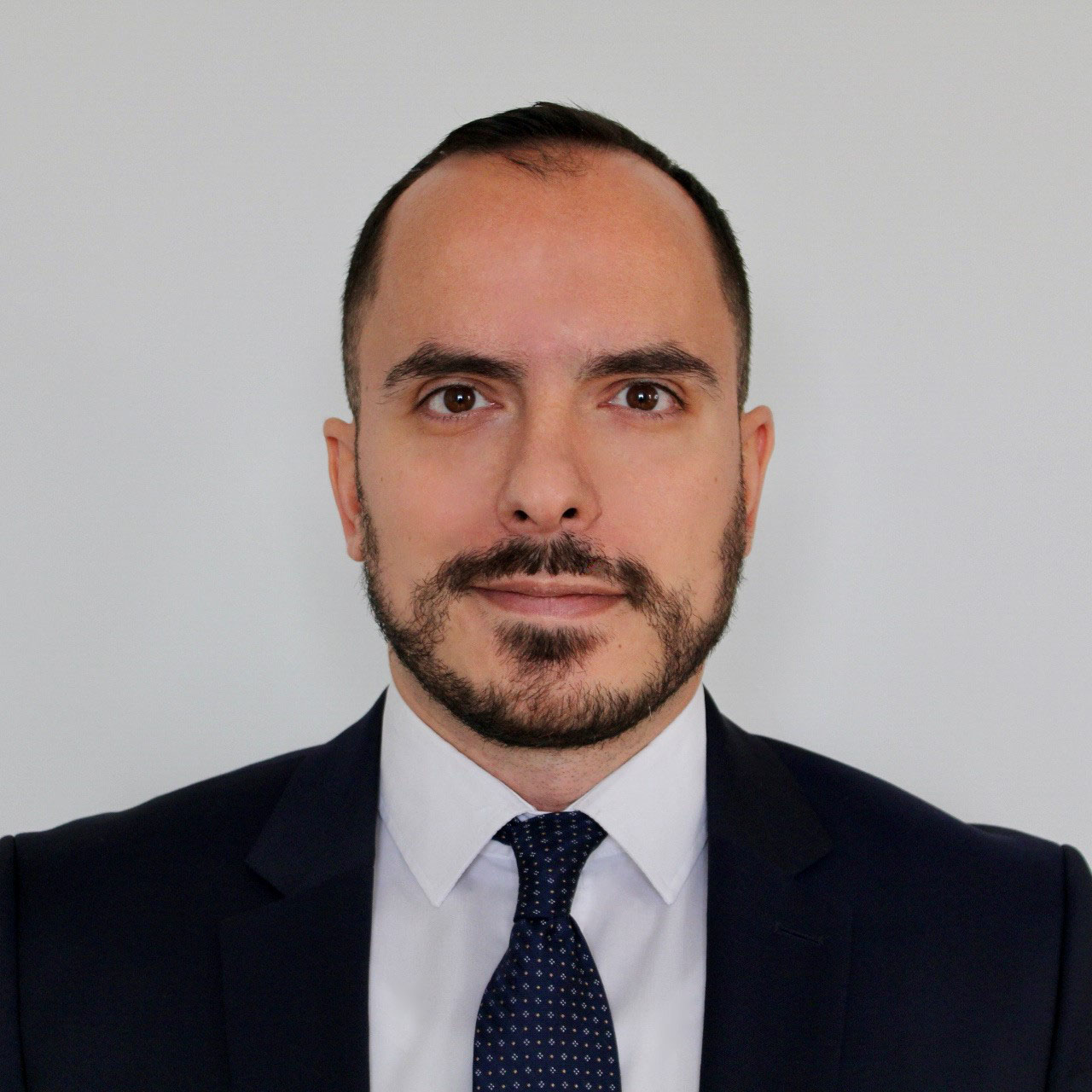Italy has long been a prime target for Russian interference efforts. From cultivating malign financial ties and relationships with political elites to executing covert information operations, Russia has consistently sought to increase its influence within the country—and undermine Italian democracy in the process.
A recent series of conferences and screenings of pro-Kremlin “documentaries” suggests that Russia has identified a new, more visible tactic for exerting influence in Italy: using visual propaganda to shape Italians’ hearts and minds. Italy’s status as a key transatlantic partner, EU member state, and NATO ally makes it a prime target for Russian interference operations. Understanding how this very public strand of pro-Kremlin propaganda impacts the country is critical for ultimately responding to Russia’s behavior.
Coming to a Theater (or a Local Cultural Center) Near You
Over the past 12 months, the visual arts have increasingly become a vehicle for spreading pro-Kremlin propaganda in a society that is deeply tied to culture.
“Exhibitions” and “conferences” that showcase photos and other media supporting the Kremlin’s narrative of events in Ukraine have been a primary vector for information manipulation. In September 2023, the Associazione Culturale Russia Emilia-Romagna (Russian Cultural Organization of Emilia-Romagna) organized a conference to showcase photos of Donbas, Ukraine taken by an Italian pro-Kremlin “war correspondent”. Many individuals from this group and associated organizations have maintained ties to the Russian state and its foreign policy goals, having served as observers for sham elections in occupied Ukraine and Georgia or appearing in Russian state media videos from Russian-occupied territories.
In January 2024, the organization planned another exhibit in Modena depicting the so-called “rebirth” of Mariupol, an occupied Ukrainian city that Russia claims it has “reconstructed”. The Russian state television propagandist Vladimir Solovyov also praised the event on Telegram.
Complementing these efforts, several “documentaries” have been screened to explain events in Ukraine through the Kremlin’s lens. One such film, Il Testimone (The Witness), financed by the Russian Ministry of Culture, portrays Ukrainian soldiers as Nazis who commit war crimes against ethnic Russians in the country. The group Donbass Italia and associated figures claimed credit for more than 70 screenings in numerous Italian cities (though some showings were shut down due to backlash). Before a showing in Rome, one of the film’s Russian-born actors expressed via audio message admiration for Italian cinema and hoped Italians would identify with his character.
Another film, Donbass ieri, oggi, domani (Donbass yesterday, today, tomorrow), was commissioned by RT, the primary Russian state media outlet targeting foreign audiences. The film argued that the United States and other Western governments pushed Ukrainian soldiers, again depicted as Nazis, to massacre ethnic Russians in Donbas, Ukraine. The film was shown in various Italian cities in spring 2024. One showing in April in Bologna featured remarks from Anna Soroca, a former Russian official in occupied Luhansk, Ukraine.
Manufacturing Controversy
In recent years, Russia’s covert interference efforts in Italy have taken the form of cyberattacks on financial and government institutions and websites, illicit financing of political parties, disinformation on social media platforms, and espionage. However, to penetrate Italian culture, Moscow has meticulously cultivated relations over time with networks of organizations and figures in Italian society with which it has meticulously cultivated relations over time. Some of the groups behind the cultural events mentioned above are ostensibly dedicated to Italian-Russian cultural relations but in effect serve as willing vectors for pro-Kremlin narratives to spread across Italy.
Showcasing a penchant for painstaking preparation, even the dates of many of these events appear engineered to draw attention and elicit backlash. In one high-profile case, a screening of Il Testimone was planned at a cultural center in Bologna on January 27, which is Giorno della Memoria (International Holocaust Remembrance Day). Showing a film that portrays Ukrainians as Nazis on this holiday seems calibrated to provoke controversy—but also potential interest. Russian authorities were present or invited to speak at several conferences and screenings, including Russian Consul-General Dmitry Shtodin and other officials from the Russian consulate in Milan, as well as notorious Russian propagandist Aleksandr Dugin. Some groups advertised their presence and invited followers to join these events in posts on Telegram, again in an effort to ensure maximum attendance and visibility.
The selection of venues was equally calibrated to spark controversy. For instance, the fact that some events were held in halls that receive public funding prompted Italian civil society—including the Ukrainian community in Italy—as well as the Ukrainian government to call on mayors to revoke these groups’ usage permits. To defend their decisions to hold or cancel the events, some mayors invoked arguments about freedom of speech or national security.
Whatever the case, Italian pro-Kremlin sympathizers exploited these reactions. They often invoked the language of “defeating censorship” by continuing to arrange such events in the face of bans or cancellations. Furthermore, ASD’s Hamilton 2.0 Dashboard discovered instances of pro-Kremlin commentators and media weaponizing public outrage in Italy. RT’s Editor-in-Chief Margarita Simonyan slammed protesters, whom she called “Ukrainian neo-Nazis”, gathered outside the first showing of RT’s film on the Donbas in Rome this April: “We will shoot a lot of such documentaries, save your throats.” RT Arabic framed a story on the protests using her comments, suggesting an effort to portray Russia as a victim of Western backlash and censorship abroad.
Evidently, these actions were carefully designed to increase the weaponization value pf the films for Russia. First, opting for visual products that are easily consumable enlarged the share of the Italian public that was directly or indirectly exposed to pro-Kremlin falsehoods. Packaging them as alternative facts worthy of being in the public domain, Russian state-affiliated actors could use them to undermine faith in objective reality, a central aim of Russian influence operations. But by also making sure that every aspect of these events sparked controversy, these actors were able to use the backlash to maximize their efforts’ visibility and reach. And where there were reactions, as clearly intended, these were employed as fodder for arguments around freedom of speech. Framing the debates as such could have resonated within Italian society, parts of which have shown heightened aversion to government restrictions and sensitivity to censorship accusations after COVID-19 lockdowns and emergency measures. Russia was only too eager to capitalize on this fact.
All Roads Lead to Rome
Taken together, these pieces of visual propaganda reflect a strategy to convince Italians of Russia’s narratives about Ukraine—including that Kyiv is run by Nazis and that the West provoked Russia’s invasion—or at least increase doubt in Italians’ minds about established realities. Taking the long view, Russia likely intends to shape Italians’ views on the situation in Ukraine in ways that will ultimately support Russia’s overarching objectives: to end Western support for the Ukrainian military and to support the territorial disintegration of Ukraine.
Indeed, it is not a coincidence that Russia’s manipulation of Italian public opinion is taking place during the tenure of Prime Minister Giorgia Meloni, whose government has advanced a pro-Ukraine, Russia-skeptic foreign policy. Despite the presence of Kremlin sympathizers within the Italian governing coalition, Italy has recently provided Ukraine with air defense systems, sent aid to help rebuild infrastructure and support healthcare in the country, and rejected the Kremlin’s call to implement a ceasefire as “propaganda”. President Sergio Mattarella, the more independent head of state, also has condemned Russian election interference in Europe.
Clearly, Russia sees an incentive to make the case to the Italian people as a means of adding pressure to the country’s pro-Ukraine status quo. With signs of social fatigue with the war in Ukraine and inflation and a rising cost of living taking their toll, Russia also sees fertile ground for more overt influence campaigns and traditional forms of propaganda to complement what it already does under the radar. Any perceptible change in Rome’s policy matters for Moscow, especially when it undermines EU and NATO unity around Ukraine and beyond. And at this critical juncture, this significance makes Italy’s hearts and minds worthy targets for the Kremlin’s propaganda campaigns once more.
The views expressed in GMF publications and commentary are the views of the author alone.






